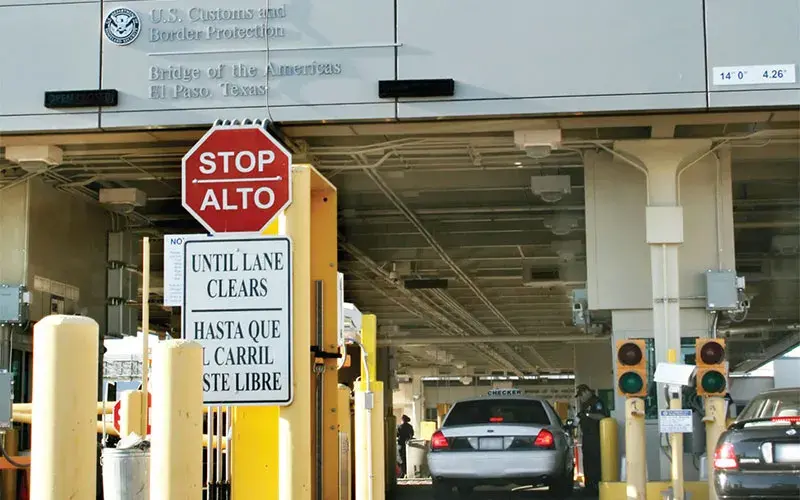
DHS TRIP can assist in resolving travel-related issues, such as:
- You were unable to print a boarding pass from an airline ticketing kiosk or from the Internet;
- You were delayed or denied boarding an aircraft;
- The airline ticket agent informed you that the Federal Government was not authorizing you to travel;
- You are repeatedly referred for secondary screening when clearing U.S. Customs or were denied entry into the United States;
- You were told by CBP at a U.S. port of entry that your fingerprints need to be corrected;
- You wish to amend a traveler record because of an overstay as a result of not submitting the required I-94 when exiting the United States;
- You believe you were incorrectly denied ESTA authorization; or
- You believe your personal information was inappropriately exposed or shared by a government agent.
DHS TRIP is not designed to address travel issue related to mishandled bags or poor customer service. To help you address other travel issues, please visit the following:
- Domestic Travelers (TSA)
- International Travelers (CBP)
What is the terrorist watchlist?
The terrorist watchlist is maintained by the Terrorist Screening Center (TSC), which is administered by the FBI, U.S. Department of Justice, in cooperation with the departments of Homeland Security, Defense, State and Treasury, and the Central Intelligence Agency.
Intelligence and law enforcement agencies nominate individuals for the watchlist based on established criteria.
Two subsets of the terrorist watchlist are the “No Fly” list and “Selectee” list:
- The “No Fly” list includes individuals who are prohibited from boarding an aircraft. You are NOT on the No Fly list if you receive a boarding pass.
- The “Selectee” list includes individuals who must undergo additional security screening before being permitted to board an aircraft.
The Transportation Security Administration (TSA) was created in the wake of 9/11 to strengthen the security of the nation’s transportation systems while ensuring the freedom of movement for people and commerce. One of the ways TSA secures transportation systems is screening airline passengers against the No Fly and Selectee lists.
Customs and Border Protection (CBP) also screens passengers against the terrorist watchlist before admitting travelers to the United States. As part of the inspection process, CBP officers must verify the identity of travelers, determine if they can enter into the U.S., and make sure they are compliant with U.S. laws, including looking for possible terrorists, weapons, controlled substances, and a wide variety of other prohibited and restricted items.
A traveler may be referred to secondary inspection for reasons unrelated to CBP's priority mission of keeping dangerous goods and dangerous people out of the U.S. For example, clearance difficulties may result from a traveler's name and/or date of birth residing in state or local law enforcement agency databases. CBP does not have the authority to modify such records and must refer these travelers to secondary inspection.
How do I know if I am on a Government Watchlist?
Because revealing watchlist status could allow terrorist organizations to circumvent the watchlist’s purpose by permitting them to determine in advance which of their members are likely to be questioned or detained, the U.S. government’s general policy is to neither confirm nor deny a person’s watchlist status, except in very limited circumstances involving the No Fly List. In these limited circumstances, eligible individuals may be notified of their placement on the No Fly List, provided an opportunity to receive more information regarding the reasons for their inclusion on the List, and given an opportunity to provide information to deny the reasons for their inclusion.
- Read more information on the Terrorist Screening Center.
Many people falsely believe that they are experiencing a screening delay because they are on a watchlist. In fact, such delays are often caused by a name similarity to another person who is on the watchlist. Ninety-eight percent of individuals who apply for redress have no nexus to the terrorist watchlist.
DHS TRIP can help solve issues resulting from name similarities to identities on the watchlist by providing a Redress Control Number that allows systems to prevent such misidentifications from recurring. Go To Step 2
What factors are used to determine if someone is selected for secondary screening?
Many factors are considered to determine whether to select someone for secondary screening, but for security reasons they cannot be disclosed.
Passengers may be selected for random screening measures during the security screening process; however, if you have been selected for secondary screening on multiple occasions you might be able to use DHS TRIP to resolve issues such as misidentification. Go To Step 2.
